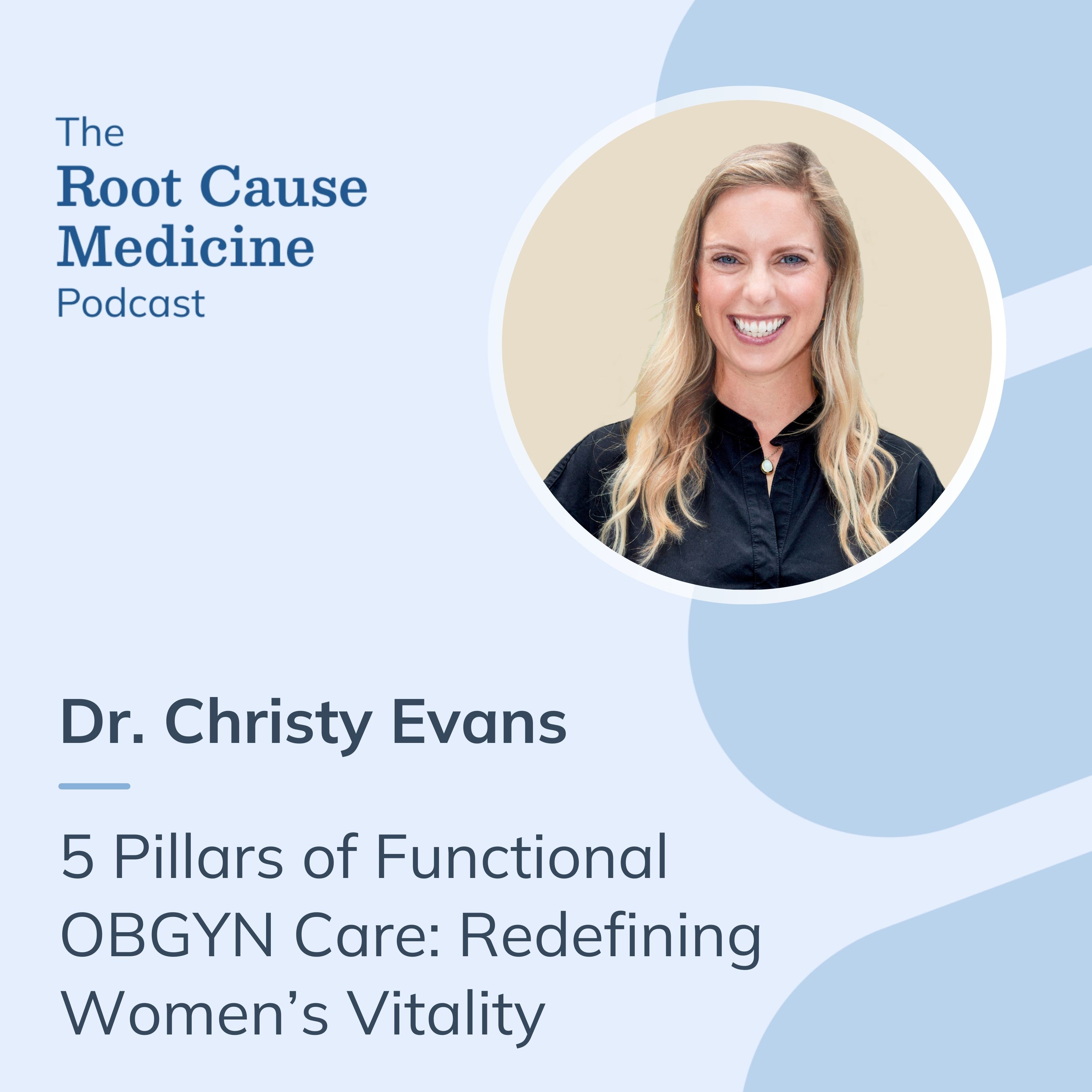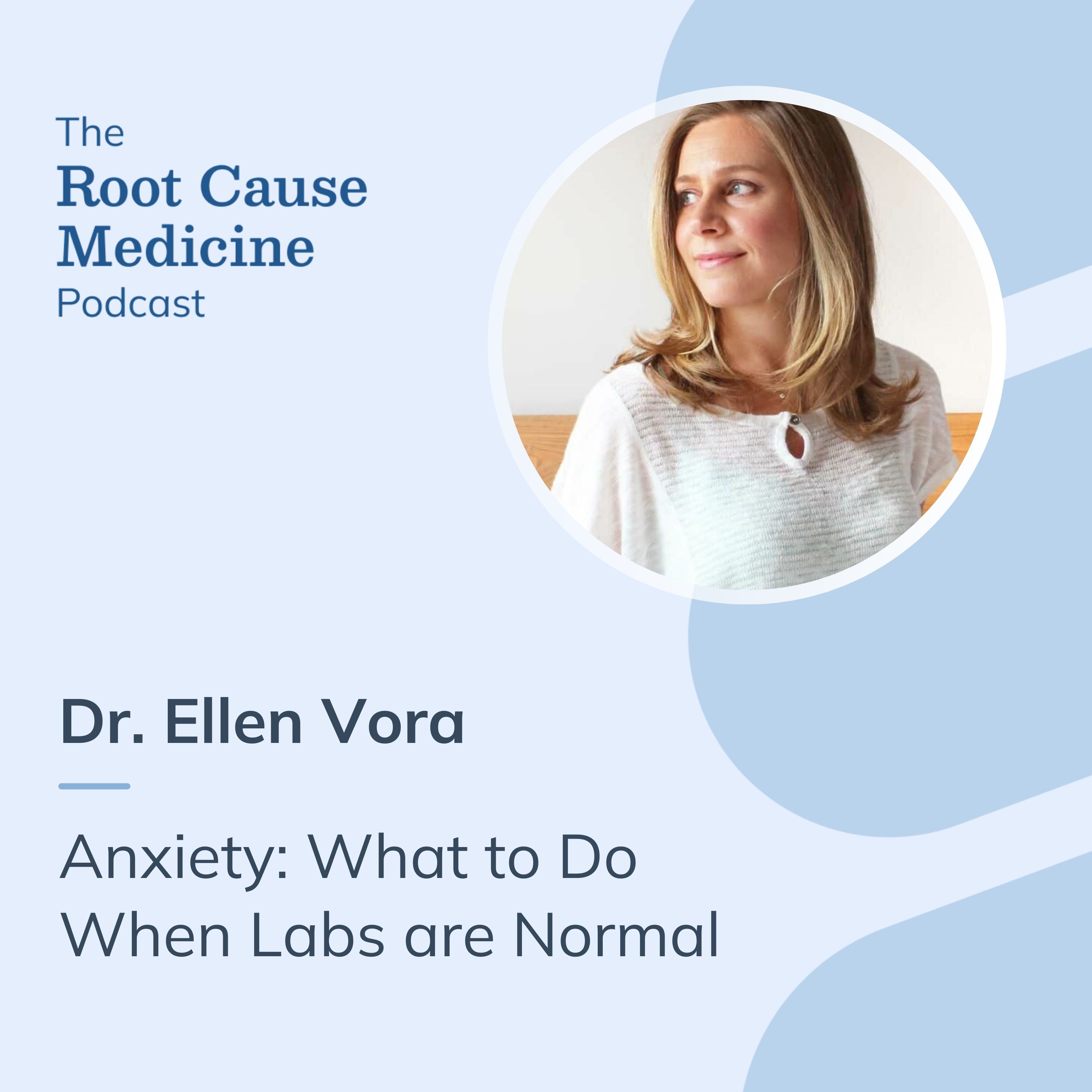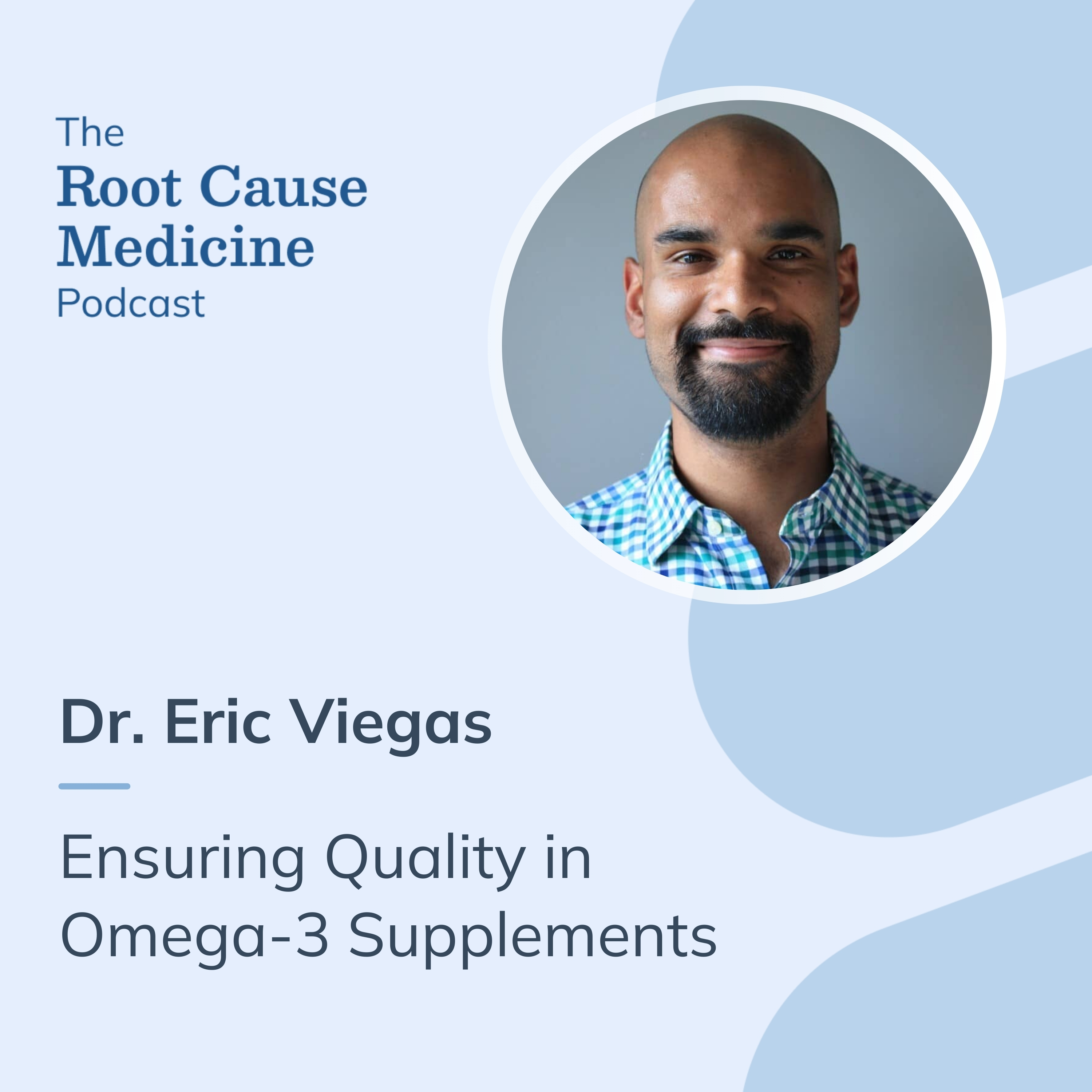Nitric Oxide (NO) is a gaseous molecule that plays a key role in neurotransmission, inflammation, apoptosis, cardiovascular health, and immune health.
Recently, research has suggested its potential benefits for skin health, possibly aiding in anti-aging and promoting a youthful complexion. This article explores nitric oxide's role in the aging process, with a specific focus on its impact on skin health.
[signup]
What is Nitric Oxide, and How Does it Function?
Nitric Oxide (NO) is a molecule responsible for various functions throughout the human body. NO is involved in the relaxation of smooth muscle tissue and vasodilation. Regarding the cardiovascular system, NO helps regulate vasodilation, platelet aggregation, myocardial function, and oxygen delivery to tissues.
Dysregulation of NO can contribute to cardiovascular issues such as atherosclerosis, coronary artery disease, hypertension, heart failure, and increased risk of myocardial infarction (3).
How Does Nitric Oxide Affect the Skin Aging Process?
Nitric oxide (NO) plays a role in maintaining both healthy and aging skin. As we age, the production and function of NO change, which can affect overall skin health. A nutrient-poor diet high in sugar may exacerbate these changes by contributing to oxidative stress and inflammation, potentially reducing levels of L-arginine, a crucial amino acid for NO synthesis.

All skin cells express nitric oxide synthase (NOS), the enzyme responsible for NO production. This enzyme's activity is important for various skin functions, including microcirculation, which supports nutrient and oxygen delivery to skin tissues. NO also aids in forming a protective barrier, enhancing antimicrobial defense, and regulating erythema (redness) in response to UV exposure. (1, 4)
As NO levels decline with age, these protective and reparative processes may become less efficient. Reduced NO can lead to impaired blood flow, a weaker skin barrier, increased susceptibility to infections, and diminished ability to recover from UV exposure. Therefore, maintaining adequate NO levels may be beneficial for preserving skin health and supporting the body's natural aging process.
The Top 4 Potential Benefits of Nitric Oxide for Skin
Nitric oxide may offer several benefits that can support skin health and address signs of aging. Here are four potential benefits:
1. Nitric Oxide May Enhance Blood Flow and Nutrient Delivery
Nitric oxide plays a role in regulating blood flow to the skin through its vasodilatory effects. In the skin, NO is produced by fibroblasts, endothelial cells, keratinocytes, and immune cells.
The NO produced by endothelial cells may cause vasodilation and enhanced blood flow to the skin. This vasodilation supports the transport of oxygen, nutrients, and immune cells to the skin, which can aid in the repair of skin cells.
Dysregulation of nitric oxide has been associated with inflammatory skin conditions such as psoriasis, atopic dermatitis, Sjogren’s syndrome, keloids, and pemphigus vulgaris (13).
2. Nitric Oxide May Support Collagen Production
Nitric oxide may play a role in supporting collagen production, which is important for skin elasticity and reducing the appearance of wrinkles. Collagen is the most abundant protein in the body and serves as a structural framework for several tissues.
Some studies suggest that nitric oxide can stimulate fibroblast activity, which may promote collagen synthesis. In addition, NO acts as an antioxidant, helping protect the skin from oxidative stress. By decreasing oxidative stress, NO may indirectly support collagen synthesis (1, 30).
3. Nitric Oxide May Aid in Wound Healing
Nitric oxide may play a role in the wound-healing process due to its antimicrobial and inflammation-modulating actions.
Chronic wounds such as pressure ulcers, vascular ulcers, and diabetic ulcers affect many people in the United States and are characterized by decreased collagen production, impaired inflammatory response, and tissue hypoxia.
Nitric oxide may help support wound healing by regulating inflammation and recruiting keratinocytes to assist with skin repair. Nitric oxide plays a role in antimicrobial mechanisms that may aid in wound healing (22).
4. Nitric Oxide May Help Protect Against Environmental Damage
There is growing evidence that nitric oxide may help protect the skin against UV radiation. When skin is exposed to UV radiation, it stimulates the release of nitric oxide, which may help defend against the damage caused by UV-induced free radicals.
Nitric oxide may help protect the skin from UV radiation in several ways. Its antioxidant properties allow it to scavenge free radicals, potentially reducing oxidative stress. Additionally, nitric oxide may help protect endothelial cells from the damaging effects of UV radiation, supporting cell health. This multifaceted protection may help address premature aging caused by UV exposure. (1)
How to Naturally Support Nitric Oxide Levels for Skin Health
Enhancing nitric oxide levels naturally can be a strategy for promoting skin health and addressing signs of skin aging.
Support Nitric Oxide With Diet
Eating a diet high in nitrates and L-arginine may support the body’s nitric oxide levels. Beets and beetroot juice are known to contain high levels of nitrates, which can be converted to nitric oxide. Nuts and seeds such as walnuts, brazil nuts, and almonds contain high levels of L-arginine and L-citrulline, which are two amino acids involved in nitric oxide synthesis.
Additionally, garlic may increase nitric oxide availability and support proper endothelial function. By consuming a diet high in these foods, you may naturally support your nitric oxide levels and address signs of premature aging (3, 11, 26).
Support Nitric Oxide With Exercise
Physical exercise such as aerobic activity and resistance training may stimulate the body to produce nitric oxide. During exercise, the body responds to decreased oxygen by activating the release of nitric oxide.
The rise in NO levels throughout the body may promote oxygen delivery to tissues, increase blood flow, and decrease oxidative stress. Improved circulation and oxygen delivery to the skin may aid in skin health and elasticity (28).
Support Nitric Oxide With Supplements
L-arginine and L-citrulline are amino acids used in the production of nitric oxide. L-arginine is a precursor for nitric oxide production, and L-citrulline is directly converted to nitric oxide. Supplementing these amino acids may help support nitric oxide production (17).
Support Nitric Oxide With Skincare Products
Nitric oxide has recently been added to skincare products to help protect against signs of aging. These emerging formulas aim to harness the potential of nitric oxide to promote collagen synthesis, improve circulation, and protect against environmental stressors. While data surrounding topical application is limited, these products may offer promising benefits.
Considerations and Potential Side Effects
Nitric oxide supplementation is generally considered safe. However, there are a few side effects and contraindications to be aware of.
- Those taking blood pressure medication should consult with a healthcare provider before taking nitric oxide supplements, as both may decrease blood pressure, potentially leading to hypotension.
- Side effects of L-arginine and L-citrulline may include diarrhea, nausea, and vomiting.
It is important to consult with a healthcare provider before starting supplementation to ensure it is appropriate for you (12, 14).
[signup]
Key Takeaways
Nitric oxide may be a promising ally in supporting skin health. With its potential to support collagen production and improve circulation to the skin, nitric oxide may help address signs of premature aging. To support youthful skin, consider exploring supplementation and nutritional changes that may help elevate nitric oxide levels, contributing to a more youthful complexion.












%201.svg)








.png)